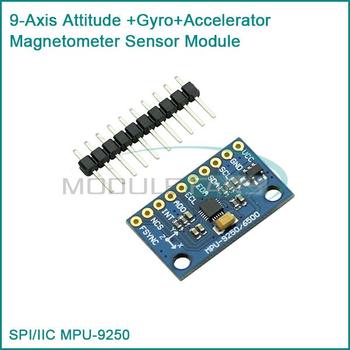Unfortunately, I've had to disconnect mine for the time being. I just can't seem to stabilise the drift, no matter how many times I try the calibration and/or drift compensation steps. I've even gone so far as to wipe the EEPROM and start from scratch but with no discernible improvement. One thing I've not been able to get around, is that the device is a couple of degrees warmer when it's on my head(set) than when I'm calibrating it. Without clamping my head in place for half an hour, I'm not sure what I can do about this. Could this be a factor? I do have a new headset incoming which has thicker padding, so this might not be an issue in the future.
In game, I'm finding I have to press the reset button every minute or so to counter the drift to the left...even with dead zones and the auto-centering. Don't get me started on the docking/galaxy map, jump to the left, problems. However, I believe this is a game issue rather than the tracker.
One thought I had is that I recently got an X55 Hotas which is using an additional two USB slots. Does anyone know if it could be a power level issue? I know the Hotas itself has a few problems in the area, with calibration.
Thanks for any help.









